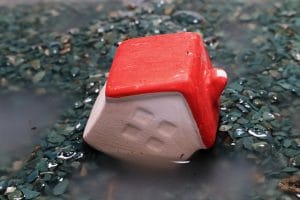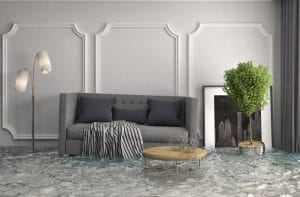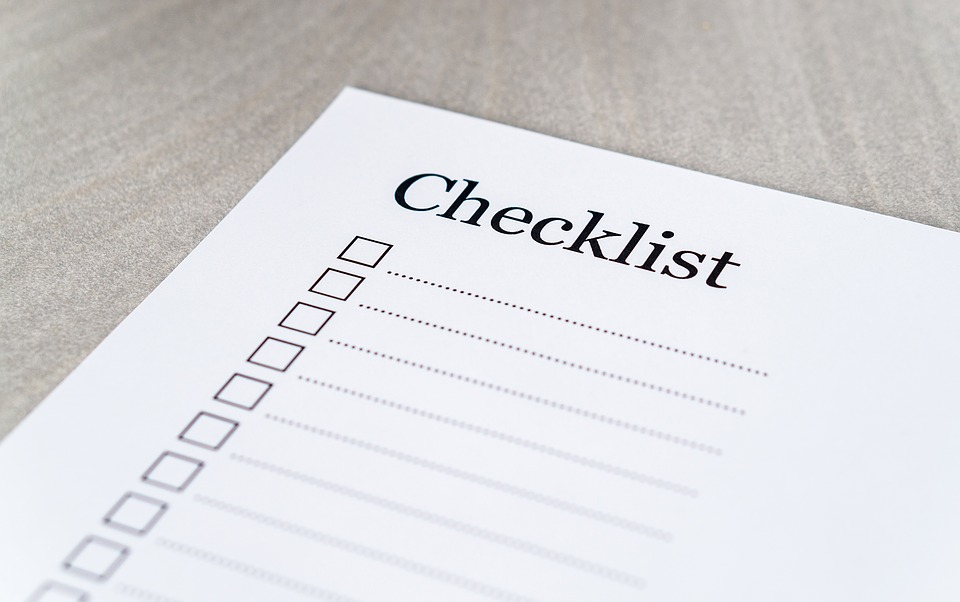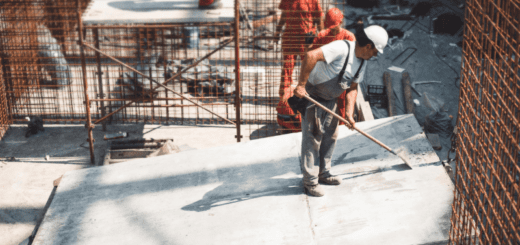What to Know About Commercial Water Damage
Buildings are the biggest asset for every business owner; discovering structural damage of any type will surely be stressful. While there are a number of preventative measures to take to prevent this type of damage, accidents like frozen and burst pipes, backed up sewageSewage is wastewater containing biological and chemical cont... More lines, and even floods can happen at any time.
Understanding how these accidents happen will allow you to save both time and money during the water damage restoration process, knowing exactly what to do when these situations occur.
Check out these commercial water damage facts to better protect your building from water damage and know what to do if water damage does occur.
12 Commercial Water Damage Facts

All commercial buildings are different according to plumbing and materials, but each one is at risk of facing water damage.
All commercial buildings are different according to the plumbing and building materials used in the structureStructure refers to the framework or components of a buildin... More, but each is at risk of facing water damage. Even small problems, like minor roof or pipe leaks, can leadLead is a heavy metal that can be toxic to humans, especiall... More to the spread of water damage and even moldMold is a type of fungus that grows in damp or humid conditi... More growth. With damage like this, the value of your commercial property can quickly decrease without quick action. Here are 12 commercial water damage facts:
- 1. MoldMold is a type of fungus that grows in damp or humid conditi... More can grow quickly after water damage
After water has affected a particular area, moldMold is a type of fungus that grows in damp or humid conditi... More can grow in as little as 24 – 48 hours. All excess water and humid conditions should be dried out right away to prevent the risk of moldMold is a type of fungus that grows in damp or humid conditi... More growth.
- 2. Problems are not fixed if the water has dried out
In hopes that the water will evaporate on its own, many property owners mistakenly assume that the issue is fixed. While the water evaporates in the area, moisture will accumulate in the walls, ceiling, and even the floor below, promoting mold growth. If this happens, it’s important to call in a moldMold is a type of fungus that grows in damp or humid conditi... More preventionPrevention refers to actions taken to reduce the likelihood ... More specialist to conduct a deep inspectionInspection is the careful examination and assessment of a pr... More to make sure that moldMold is a type of fungus that grows in damp or humid conditi... More hasn’t already infected your property or spread to other areas.
- 3. Different building materials require different cleaning methods
After water has damaged various areas of the property, the same restorationRestoration is the process of returning a property to its pr... More process cannot be used for all building materials. Hard surfaces like concrete can be salvaged but porousPorous describes a material that contains small openings or ... More materials like cellulose insulationInsulation is a material used in buildings to reduce the tra... More and flooring materials will need to be removed and replaced. The Environmental Protection Agency (EPA) will have specific information on water damage and moldMold is a type of fungus that grows in damp or humid conditi... More preventionPrevention refers to actions taken to reduce the likelihood ... More procedures with different materials.
- 4. Water extraction is the best step to restoring water damage
Excess water can leadLead is a heavy metal that can be toxic to humans, especiall... More to costly repairs in permanently damaged material if not extracted immediately. Experienced water damage restoration professionals know exactly how to remove excess water in emergency situations like floodingFlooding is the overflow or accumulation of water in areas t... More or burst pipes. Hiring these specialists will also ensure that all hidden water damage and moisture from behind the walls and underneath the floors is also removed properly to prevent the risk of moldMold is a type of fungus that grows in damp or humid conditi... More growth.
- 5. Time is everything
As soon as you find water damage on your property, taking the necessary steps right away can make a big difference in financial costs. Simply knowing the basic first steps during an emergency can prevent the damage from spreading further.
- 6. Contact your insurance company right away if you find water damage
It’s imperative to call your insurance company immediately after finding water damage. The insurance company can also guide you through the first steps to prevent the damage from spreading.
- 7. A separate flood insurance policy may also be necessary
Insurance companies may offer flood insurance in addition to your policy. This may be necessary especially if you live in a flood zone. In any case, contact your insurance provider to see if this is necessary for you and whether you need additional coverage.
- 8. Insurance policies may not cover all types of water damage
While some situations are covered by insurance policies, others are excluded for various reasons. For example, flood damage is not usually covered. For this reason, you may want to look into other sources of protection, like flood insurance.
- 9. There are different types of water contaminationContamination is the presence of harmful or unwanted substan... More
Most insurance professionals see water damage as different types of contaminationContamination is the presence of harmful or unwanted substan... More: white water, grey water, and black water. The processes associated with cleaning up each type of damage will be different. This is why it’s best to leave water extraction and dehumidificationDehumidification is the process of reducing and controlling ... More to the specialists.
- 10. Even small leaks can leadLead is a heavy metal that can be toxic to humans, especiall... More to big problems
If not checked frequently, minor plumbing leaks or appliance malfunctions can leadLead is a heavy metal that can be toxic to humans, especiall... More to big water damage problems. If the plumbing is not frequently maintained, your insurance company may not cover the cost of everyday wear and tear.
- 11. Roof leaks are a common source of water damage in commercial buildings
Even small leaks in a commercial roof can leadLead is a heavy metal that can be toxic to humans, especiall... More to major problems for the business. Even if it was just installed, a bad storm can still penetrate through the materials and spread damage. This is especially common with areas experiencing strong winds, freezing temperatures, and hail damage.
- 12. Building maintenanceMaintenance is the routine care, inspection, and repair of a... More can prevent water damage disasters
It’s important to check or have the building checked on a frequent basis. These water damage preventative tasks should include gutter, roof, and plumbing inspections. You may also want to have a professional inspect the building once or twice each year to ensure everything is in proper condition.
Finding Water Damage

If you have found water damage of any sort on your property, it’s important to take action right away.
If you have found water damage of any sort on your property, it’s important to take action right away. Simply knowing what to do at the very beginning can save a lot of time and money during the restorationRestoration is the process of returning a property to its pr... More process by preventing the damage from spreading further.
After you have removed the source of the damage, call your insurance company right away to file a claim. Then contact your local water damage restoration professionals to start the restorationRestoration is the process of returning a property to its pr... More process.
Emergency Water Damage RestorationWater damage restoration is the professional process of clea... More
Many water damage restoration services are available 24/7, and will respond immediately to begin the water damage cleanup process. They will then set up powerful dryingDrying is the process of removing moisture from materials, s... More and dehumidificationDehumidification is the process of reducing and controlling ... More equipment to remove the remaining moisture from the air and building materials to prevent mildewMildew is a type of fungus that grows on damp surfaces, typi... More odors and moldMold is a type of fungus that grows in damp or humid conditi... More growth. Any damaged equipment or items will then be restored using content cleaning services.
After the restorationRestoration is the process of returning a property to its pr... More process is complete, they will work with your insurance provider during the claims process, allowing you to focus on business matters. This way, you can minimize restorationRestoration is the process of returning a property to its pr... More costs, and even time spent out of business.












